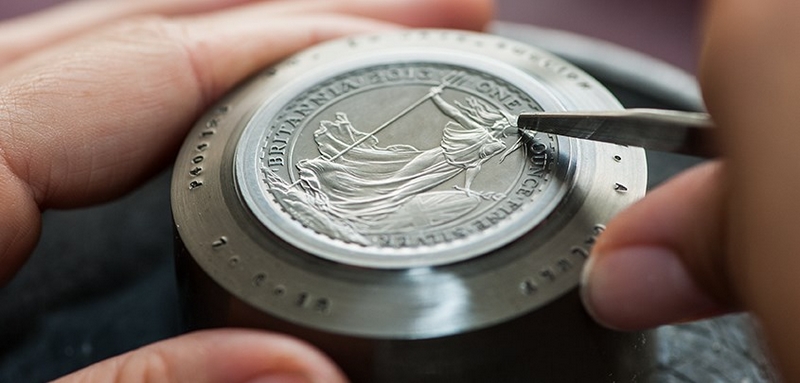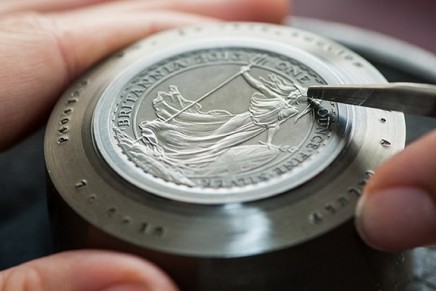Over The Counter stocks, or “penny stocks,” offer an excellent opportunity for beginning investors. Lots of people take advantage of this platform. In 2017, the OTC market amounted to more than $246 billion. Additionally, over sixty OTC companies graduated to the NASDAQ, NYSE, or another nationally-recognized stock exchange. That total only represents a tiny proportion of the OTC companies, but it is much better than nothing.
OTC stocks are also called penny stocks for a reason. Usually, the trading price is only a few cents per share. Most OTC companies are startups who claim to have invented the next big thing. Sometimes, the company shows a healthy profit in a short time. But usually, that’s not the case. So, the OTC markets will probably not turn you into a millionaire. However, if you keep in mind the two major pitfalls of OTC trading, you will probably break even and maybe even make a little money. Along the way, you’ll acquire some valuable trading skills.
These weaknesses increase the probability of stock scams. Just a few purchases greatly affect the trading price, so the venerable pump-and-dump scam is especially prevalent. Be particularly mindful of this scam if the company contacts you directly, uses an unregistered broker, or makes crazy promises.
Lack of Information
In the 1987 movie Wall Street, corporate raider Gordon Gekko convinces upstart stockbroker Bud Fox to use illegal means to gain information. At least in this respect, not much has changed over the past thirty years. Information is still a very valuable commodity when it comes to investing. Unfortunately, information is usually in short supply when it comes to OTC stocks.
National stock market listings require companies to provide voluminous information about their product or service, corporate governance, financial picture, and so on. But OTC companies must only file listing request forms. So, investors have essentially no information about OTC companies other than anything the company wants investors to know.
Since there’s little information about the company, research the industry. If it is growing, the company may be worth a modest investment. If the industry is stagnant or shrinking, look for another opportunity.
The Bid-Ask Spread
In major stock exchanges, the bid-ask spread is often almost nothing. Since the trade volume is so high, stock with a $25 bid price might have a $26 value.
The bid-ask spread is basically a function of liquidity in addition to supply and demand. Cash is the most liquid asset there is, so the bid-ask spread is very low. The same thing is true of high-demand stocks. If traders can easily sell the shares to someone else, the spread is low as well. Furthermore, a vast difference between supply and demand creates a large spread. Everyone wants GM shares, but almost no one wants startup shares.
Therefore, OTC stock is different from shares on listed exchanges, mostly because the low trade volume results in very little risk diffusion. If the bid price is $.05, the ask price (actual value) may be $.10. So, the stock has to double in value for the investor to simply break even.







